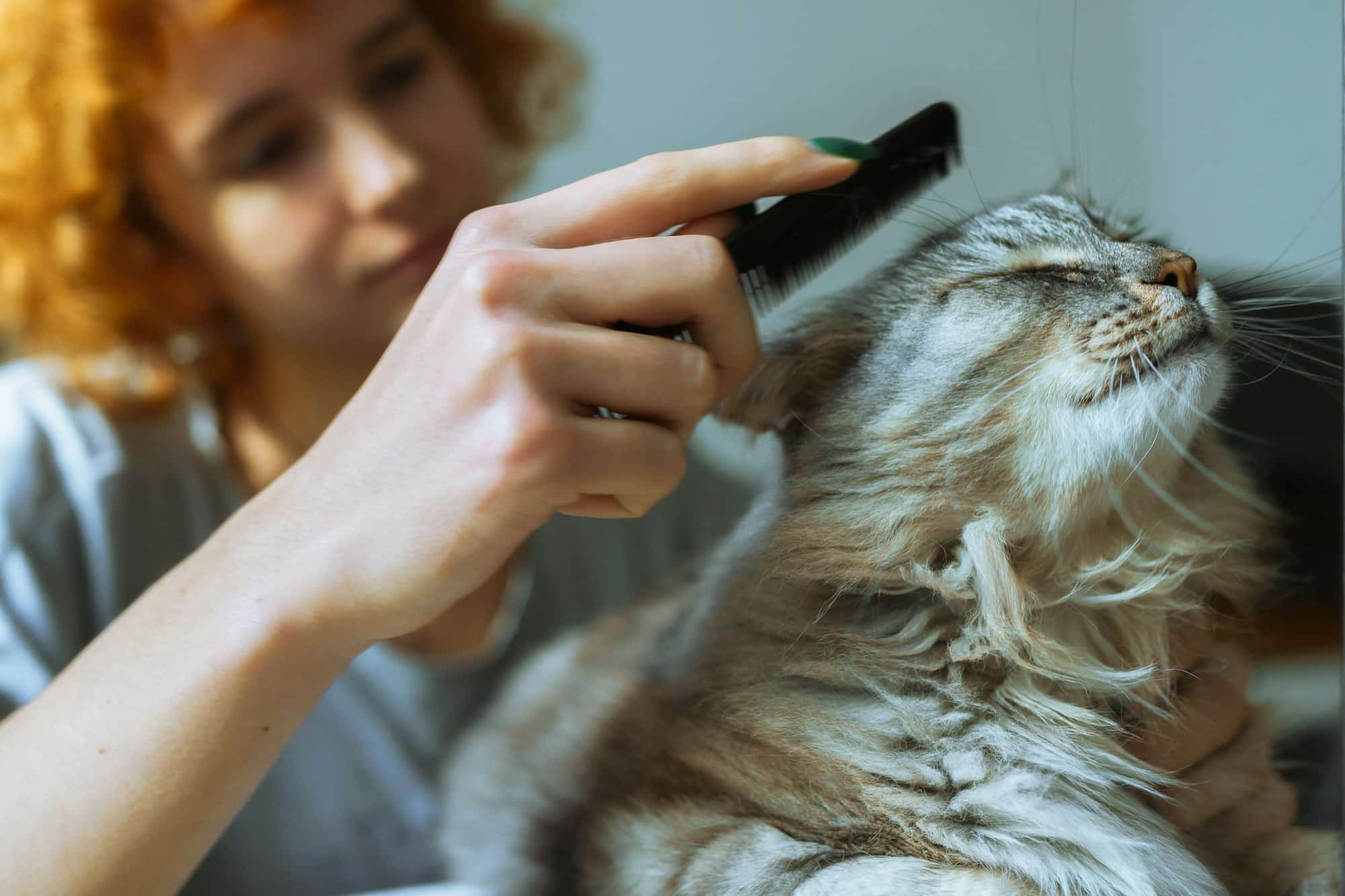Dealing with a skittish cat can be a delicate chore. Trimming their nails can become especially challenging. Cats are infamous for their sharp claws, and these claws, while crucial for their survival instincts, can cause damage to your furniture, and sometimes even to you. However, if you approach this task with care, patience, and the right equipment, you can ensure that this process is stress-free for both you and your cat. In this article, we will discuss how to handle and trim the claws of a skittish cat safely.
Understanding Cat Claws
Before starting the nail trimming process, it’s crucial to understand the structure of your cat’s claws. Unlike human nails, cat claws are curved and retractable. They also have a part called the ‘quick’, which is a vein that can bleed and cause pain if cut improperly. Understanding this anatomy will help guide you through the trimming process.
Cela peut vous intéresser : What Are the Differences Between Rabbit Breeds and Their Specific Care Needs?
Each claw of your cat is distinctly divided into two parts. The translucent part that you see when they stretch their claws is the outer sheath which is safe to cut. The inner part known as the quick, visible as a pinkish area inside the claw, is sensitive and should be avoided during the trimming process.
Preparing Your Cat for Nail Trimming
Before you take those clippers in your hand, you need to prepare your cat for the nail trimming process. This step is particularly important for skittish cats, as they tend to be more fearful and anxious.
A lire également : What Are the Best Techniques for Calming a Dog During Thunderstorms Without Medication?
Start by making your cat comfortable. Spend some time playing with them, and gradually introduce them to the clipping process. You can gently press their paws to expose their claws and let them get used to the feeling. Don’t rush this process. It might take a few days or even weeks for them to become comfortable.
Use soothing, comforting tones and reward your cat after each session. This will help them associate the process with positive experiences. It’s also a good idea to choose a quiet, comfortable spot for nail trimming where there are no distractions that might stress the cat.
Choosing the Right Clippers
Choosing the right clippers is an essential part of the nail trimming process. There are a few different types of clippers available in the market, but for cats, especially skittish ones, it’s best to choose a clipper that is easy to handle and effectively cuts the nails without causing any discomfort.
Scissor-type clippers are often the best choice for cats. They are easy to use and control, and they have a small, circular opening where you can insert the cat’s nail. This makes it easier to avoid cutting the quick. Make sure to keep the clippers clean and sharp to ensure a quick, clean cut and to prevent any potential infections.
The Step-by-Step Guide to Trimming Cat’s Claws
Now that you understand your cat’s claw structure, have prepared them for the process, and chosen the right clippers, it’s time to start trimming.
Begin by settling your cat in your lap in a comfortable position. Make sure they are calm and relaxed. Hold their paw gently but firmly, and press their pads to extend the claws.
Holding the clippers, carefully cut the translucent part of the claw without touching the quick. If you’re not able to see the quick clearly, err on the side of caution and cut less, rather than more.
It’s worth mentioning that you don’t have to trim all the claws in one go. If your cat becomes anxious or skittish, take a break and give them some time to relax before attempting to trim more nails.
Dealing with Accidents
Despite your best efforts, accidents can happen. You might accidentally cut into the quick, causing your cat discomfort and their nail to bleed. Always have styptic powder handy. This powder quickly stops bleeding and can be applied directly to the wound.
If bleeding continues even after applying styptic powder, or if your cat seems excessively distressed or in pain, seek immediate veterinary help. Remember, your cat’s wellbeing is the most important thing, and it’s essential to approach this task with patience and care.
In conclusion, trimming your skittish cat’s nails doesn’t have to be a stressful process. With the right understanding, preparation, tools, and care, you can make it a calm, routine activity. Your furniture – and your skin – will thank you for it!
Managing Your Cat’s Nails Growth
Managing your cat’s nails growth is a crucial aspect of owning a cat. Untrimmed cat nails can lead to a variety of problems, including injuries to the cat or damage to your furniture. The rate at which a cat’s nails grow can vary, but typically, indoor cats need their nails trimmed every 10-14 days.
During the nail trimming process, it’s essential to be patient and gentle. If you’re too forceful, your cat might become anxious and resist future nail trimming sessions. Your goal is to make your cat comfortable with the process, not scared of it.
When trimming your cat’s nails, don’t overlook their dewclaws. Dewclaws are the claws on the inside of your cat’s paws, and they don’t wear down as quickly as the other claws. If left untrimmed, dewclaws can grow into your cat’s paw pads, causing pain and infection.
If you’re unsure about how often to trim your cat’s nails or how much to cut off each time, consult with your vet. They can provide personalized advice based on your cat’s specific needs.
A Healthy Cat is a Happy Cat
When it comes to cat care, one of the most important things to remember is that a healthy cat is a happy cat. Regular grooming, including nail trimming, is an essential part of maintaining your cat’s health.
Trimming your cat’s nails might seem intimidating, especially if your cat is skittish. However, with patience, the right tools, and a gentle approach, it can become a stress-free experience for both of you.
Remember, the key to successful nail trimming is understanding your cat’s claws, choosing the right clippers, and taking the process step by step. Don’t rush, and always prioritize your cat’s comfort over getting all the nails trimmed in one go.
Lastly, keep in mind that accidents can happen, and it’s crucial to be prepared for them. Having styptic powder on hand will help stop bleeding quickly if you accidentally cut into the quick. If you’re ever unsure or uncomfortable trimming your cat’s nails, don’t hesitate to seek professional help.
In conclusion, trimming a skittish cat’s nails is not an impossible task. With enough patience, understanding, and care, you can turn it into a routine activity that keeps your cat healthy and your furniture scratch-free. Remember, the key is making your cat comfortable and being patient with the process. Your cat will thank you for it, and so will your furniture!






